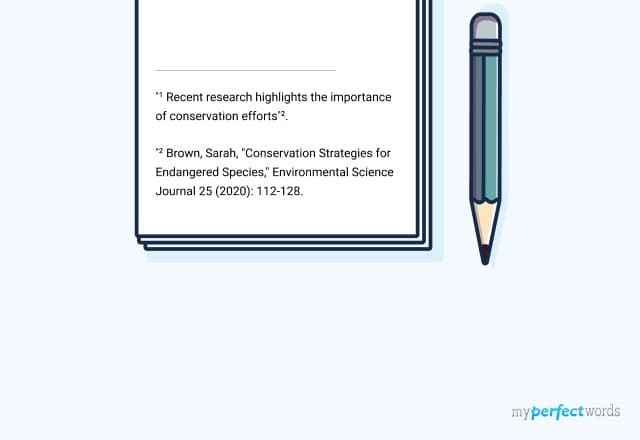
Are you unsure about how to format your paper in APA style?
If you’re not confident about how the APA format works, you’ve come to the right place!
Whether you’re a student or a professional, understanding the APA (American Psychological Association) style is crucial, as it is one of the most common citation styles for professional papers.
That’s why we’ve come up with this detailed blog that will inform you about all the essential APA format details. With some examples at the end, you’ll have a clear understanding of how a paper adheres to the APA style.
Let’s get started right away!
On This Page![]()
- 1. What is APA Format?
- 2. How to Format an APA Style Paper?
- 3. APA Format For Complete References
- 4. APA Format Appendix
- 5. APA Format Bibliography
- 6. A Brief Formatting Checklist
- 7. APA Format Examples
- 8. Tips For Writing in APA Format
What is APA Format?
Being among the most used citation styles, the APA format originated in a 1929 article published in Psychological Bulletin that laid out the basic rules. These regulations were eventually incorporated into the APA Publication Manual.
Mostly, this style is used by researchers and students from social and behavioral sciences, natural sciences, nursing, communications, education, business, engineering, and other fields.
The guidelines for APA style paper format apply to both students’ assignments, like essay writing, and professional papers, such as journals.
More than just a set of rules, the APA formatting style is a standardized way of presenting information and ideas. It boosts clarity, professionalism, and coherence in your writing, making it easier for readers to understand and verify your references.
Let’s see what is the latest edition of the APA format.
7th-Edition APA Format
The American Psychological Association periodically updates its rules and regulations to reflect changes in research methods. With every new version, there are some notable changes in the general guidelines.
Currently, the 7th version of the APA format is in use.
How to Format an APA Style Paper?
“I’m not sure how to do APA format…”
For some students, the formatting remains a tricky challenge, as it is difficult to master the formatting style while remembering all the rules.
Let’s jump to the APA format rules.
General APA Format Guidelines
As a student, you may encounter different kinds of essays, and papers like research papers, thesis, and dissertations. No matter what kind of work it is, you will need to add the following details to your paper when asked to follow the APA style:
- Title
- Header
- Abstract
- Introduction
- Method
- Results
- Discussion
- References
- Figures or Tables (if required)
These ingredients are a fundamental part of APA papers and essays.
Let’s see how you should format your page according to the APA format.
APA Format Title Page
The title page of any paper following the APA format should be inch-perfect. If there is some mistake in the structure of the APA title page, the reader will not have a good first impression.
To accurately format your title page, stick to the following instructions:
- Set 1-inch margins on all sides of the page
- Use double-spacing for the entire paper, including the title page
- Choose a font size of 12, and it's recommended to use Times New Roman font
- Center the title on the upper side of the page
- Write the title in the title case, with each word starting with a capital letter. Ensure the title doesn't exceed 12 words
- Maintain double-spacing for the text of your paper for clarity and readability
Title Page in APA Format 7th Edition
The 7th edition of the APA format has introduced some prominent changes from the 6th edition. The title page must include;
- Full name of the author (s)
- Name of the educational institute
- Course name and code
- Name of the course instructor
- Due date of the paper
- A header with the page number
Here is an example of APA styled title page for students:

Below is a sample APA title page for professional papers:

APA Format Page Header
In APA style, every page has a page header at the top. Usually, professional papers use the header, also known as the running head, that includes a shortened version of the title and the page number at the top.
For student papers, the title isn’t required unless instructed by the institute or the instructor.
Here are some key attributes for the page header:
- A shortened version of the title
- Use capital letters
- Running head shouldn’t exceed 50 characters, including spacing and punctuation
- Don’t use pg. or p. In front of the page numbers
See this example of a running head in APA format:

APA Format Headings
Different format styles have different headings structures. For APA, you will follow the below heading structure:
1st Level: Centered, Bold, and Title Case |
2nd Level: Bold, Title Case, Flush Left |
3rd Level: Bold, Italic, Title Case, Flush Left |
4th Level: Bold, Title Case, Indented, Ending with a Period. |
5th Level: Bold, Italic, Title Case, Indented, Ending with a Period. |
All the papers and essays written in APA style have the following main headings:
- Title Page
- Abstract
- Main Body
- References
The levels of the headings mentioned above are structured within the main headings. These headings give your paper a proper structure, making it easier for the reader to read and understand the content of your work.
Margin sizes in APA Format
For margins in APA format, follow the below instructions:
- Use 1-inch margins on all 4 sides of the paper
- Always ensure that the margins are uniform (1 inch) throughout the entire document
Abstract APA Format
The abstract is an absolute necessity for a professional APA paper. Without an abstract, an APA-style paper is incomplete.
A good and effective abstract is brief, accurate, coherent, and informs the readers about the main essay or paper topic and idea. It gives the readers an idea of what to expect in the coming paper sections.
- Usually, an abstract contains about 150–250 words
- Comes after the title page and before the introduction
- Doesn’t include any citations
- Written as a single paragraph
- Directly below the abstract, add some relevant keywords
Here is a sample abstract written according to the APA format:
APA Format In-Text Citation
In-text citations are a critical attribute of the APA format. Both in-text citations and references go hand in hand. While following the APA format, always mention the complete references of the cited sources in the references section.
Two things must appear in the text:
- Author’s last name
- Year of publication
| Example: (Andy, 2017) |
APA Format Quotes
Adding relevant and credible quotes and paraphrased content strengthens the quality of your paper. However, you should use them to support and prove your research points and not the other way around.
When quoting directly from a source, include the year of publication, author name, and the page number.
| Example: As per Adams (2017), “Students face difficulty when they cite in APA format in their essays and research papers” (p. 200). |
Multiple Authors
What if a source has more than one author? Name both of them in parentheses or a single phrase, and use ‘and’ between names.
| Example: (George and Andrew, 2017) |
No Author
How to cite a source where the author(s) name is not mentioned? In such cases, cite your sources by the title.
- Italicize the title of the books.
- Articles, chapters, and web pages are placed in quotation marks.
| Example: (Climate Change Effects on Biodiversity, 2019) |
When the author is a government agency, cite as:
| As per the American Association (2001)…… |
Secondary Sources
When citing a source you discovered within another source, write both the original source and the source where you found it.
| Example: (Smith, 2005, as cited in Johnson, 2012) |
APA In-Text Citation Format for Websites
To cite a website in APA format, you typically need the following information:
- Author(s)
- Date of publication or update
- Title of the page or article
- Website name
- URL (the web address)
Citing a Web Page with an Author:
| (Smith, 2021) |
Citing a Web Page with No Author:
| (“Environmental Protection Agency,” 2020) |
Citing a Web Page with No Date:
| (World Health Organization, n.d.) |
Here n.d. stands for no date.
Citing a Whole Website:
If referring to specific information from the website:
| (Centers for Disease Control and Prevention, 2020) |
APA Date Format
The 7th Ed. of the APA format requires complete dates wherever possible for frequently published works. However, if you aren’t able to find a complete date, give as much information as you can gather, starting with the year, month, and day.
The date format is YYYY, Month DD or YYYY, Season
| Example: (2018, October 8) |
APA Format For Complete References
A reference list highlights the sources used for collecting information. It credits the authors whose works you have used and quoted to support your main topic.
Formatting the Reference Page
To create the correct APA reference page, follow the guidelines below:
- Alphabetical Order: List your references in alphabetical order by the authors' last names. If there's no author, then you should use the title
- Hanging Indent: Indent the second and subsequent lines of each reference entry by 0.5 inches (1.27 cm). The first line remains flush left
- Italics: Always Italicize the titles of books, journals, and other longer works
- Capitalize: Capitalizing the first letter of the first word in the title is a must. Also, capitalize the first letter of the first word after a colon in the title
- Date: Include the publication date in parentheses, followed by a period
- Page Numbers: For articles from a journal or magazine, provide the page range, for example, (pp. 42-56)
- Electronic Sources: Include the DOI (Digital Object Identifier) for journal articles whenever available. If a DOI is not available, you should include the URL
The referencing format is different for websites, books, and journals. Each format follows a distinct set of rules.
APA Style References for Websites
Here's the general format for citing a website in APA style:
Author(s). (Publication Date). Title of the Web Page or Article. Name of the Website. URL |
Here are some specific examples:
Citing a Web Page with an Author:
Smith, J. (2021, June 15). The Impact of Climate Change on Coastal Cities. Environmental News. https://www.example.com/climate-change-impact |
Citing a Web Page with No Author:
Environmental Protection Agency. (2020, September 30). Tips for Reducing Water Usage at Home. https://www.epa.gov/water-reduction |
Citing a Web Page with No Date:
World Health Organization. (n.d.). COVID-19 Vaccination FAQs. https://www.who.int/covid-vaccination-faqs |
Citing a Whole Website:
Centers for Disease Control and Prevention. (2020). CDC – Centers for Disease Control and Prevention. https://www.cdc.gov/ |
APA Format for Journals
APA references list for journal articles should include:
- Author(s). The first initials follow the surname
- Year of publication
- Title of the article
- Journal title (italics)
- Journal’s volume (italics)
- Issue number of the journal
- Page number
- The first lines are left adjusted, and subsequent lines are indented 5–7 spaces, forming a hanging indent
Example: Ruxton, C. (2016). Tea: Hydration and other health benefits. Primary Health Care, 26(8), 34-42. https://doi.org/10.7748/phc.2016.e1162 |
APA Format for Books
Citing information from books is a common practice in essays and research papers. However, the format is different for it. When citing a book, consider the following things.
- Author(s). The first initials follow the surname
- Publishing year of the book
- Book title (Italics)
- Place of publication
- Edition in round brackets (other than 1st edition)
- Publisher
Example: Arnold, G. D. (2018). The disability support worker social sciences (2nd edition.). South Melbourne, VIC: College Learning. |
APA Format for Tables and Figures
Does your task include making tables and figures? APA format reference page also supports citations for tables.
A strict checklist needs to be implemented while citing them. Keep the following checklist with you when doing it.
- All figures and tables should be referenced in the main body of the text
- Put figures and tables in the same order as they appear in the text
- Each APA format table or image must be accompanied by a description of the contents
- If you are producing a figure or table from another source, cite it with a caption and add it to the reference list
- Don’t violate the privacy of others if the publisher has refrained from copying. Take permission

Should You Include Footnotes and Endnotes in APA Style?
Have you made end notes and footnotes? They play a key role in every document. Unlike the Chicago style, the APA format does not include any end notes or footnotes, but they are useful for understanding difficult terms and definitions.
APA Format Appendix
The appendix contains information that may sound too lengthy to be mentioned in the main text. It is written at the end of the paper after the reference list, and it includes:
- Detailed descriptions
- Lengthy lists
- A category of articles to support data
- Demographic information for subpopulations studied in the paper
Multiple Appendices
Are you planning on writing multiple appendices? Some papers and works need multiple appendices. However, each appendix must focus on a single topic only. Label them with A, B, and so on.
- Each appendix must have a title
- Begin the first paragraph of text at the left margin
- Indent the first line of successive paragraphs by ½ inch
- Use Times New Roman font at 12 pt
- Format the text with double-spacing
Nevertheless, excluding the appendix section from the paper will never affect your document.
APA Format Bibliography
In literal terms, annotated bibliographies offer a critical analysis of a source. It is a challenging task to write a well-detailed and effective bibliography.
How to write a bibliography in APA format? Divide it into the following sections and explain each part accordingly.
- Summarize the main idea of the source in 3–4 sentences
- Main arguments
- Point of the article/ book
- Main arguments
- Some sentences to evaluate and assess the source
- Comparison with other sources of bibliography
- Reliability of the source
- The credibility of the author
- Discrimination or objectivity in the text
- Comparison with other sources of bibliography
- Some sentences for personal reflection on the source
- Was the source helpful?
- Has it changed your thinking?
- The information added about the topic
- Was the source helpful?
Writing an annotated bibliography needs practice and skill since, mostly, teachers ask for it before the research paper.
Learning about how to write an annotated bibliography will help you present the research sources in a better manner.
A Brief Formatting Checklist
Before submitting the paper, check it with the following checklist:
Section | Formatting Requirements | Check |
Introduction | Ensure a clear and concise introduction. | |
Title Page | Use 1-inch margins all around. | |
Abstract | Provide a summary of the paper. | |
Body | Double-spaced text, Times New Roman (12 pt). | |
Full Reference | Properly format all references. | |
In-text Citations | Use (Author, Year) format for citations. | |
Tables and Figures | Number and label each table/figure correctly. | |
Appendix | Include titles for each appendix. |
We know that formatting can be tricky, and if you still feel confused, then do not worry; we have got you covered. Below is a sample to help you further.
APA Format Examples
Tips For Writing in APA Format
To make sure you are using the right format, it is important to follow some tips that our expert writers recommend:
- You should include the title page in your research paper
- The abstract page includes the page header
- Proper nouns are capitalized
- The summary of your paper should focus on the main idea
- At the end of the reference, after the words “Original Work Published,” mention the year of original publication in parentheses
- The title page only includes relevant information
- Use double quotation marks for direct quotes and format long quotations (40+ words) as block quotes without quotation marks
- Write in a formal and scholarly tone, and proofread carefully for grammar, punctuation, and spelling errors
- Consult the Publication Manual of the American Psychological Association (7th edition) for comprehensive guidance
- Stay updated with any updates or changes in APA style guidelines
Wrapping it up,
The APA formatting style is one of the most common paper writing styles in today’s academic practices. Although this style requires the author to keep note of a lot of little details, by following this guide, you can perfect the APA formatting style.
Still, if you need assistance in writing your APA-style paper, look no further than MyPerfectWords.com.
We provide the best paper writing service that deploys expert and credible writers experienced enough to craft winning papers. Buy APA research paper from us now!
Besides, just place your 'do my essay now' request, and let us take care of your citation style format!
Frequently Asked Questions
What's the difference between APA 6 and APA 7?
In APA 6, only the first seven authors were listed in the references list when a reference had more than seven authors. The other authors were listed as et al. However, APA 7 lists all authors up to 20.
Where can I find more detailed APA guidelines?
The Publication Manual of the American Psychological Association (7th edition) provides comprehensive APA formatting rules.
Can I use APA format for non-academic writing?
Yes, APA format is also used for professional and business documents, not just academic papers.

Write Essay Within 60 Seconds!
Use our AI tool to generate high quality essay
WRITTEN BY
Caleb S.
Caleb S. has been providing writing services for over five years and has a Masters degree from Oxford University. He is an expert in his craft and takes great pride in helping students achieve their academic goals. Caleb is a dedicated professional who always puts his clients first.
Keep reading
Different Citation Styles: Detailed Guide With Tips
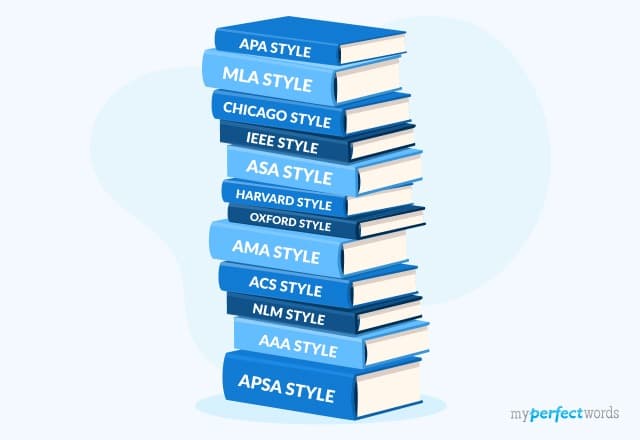
MLA Formatting Simplified - Rules for Page Formatting, Citations, & References
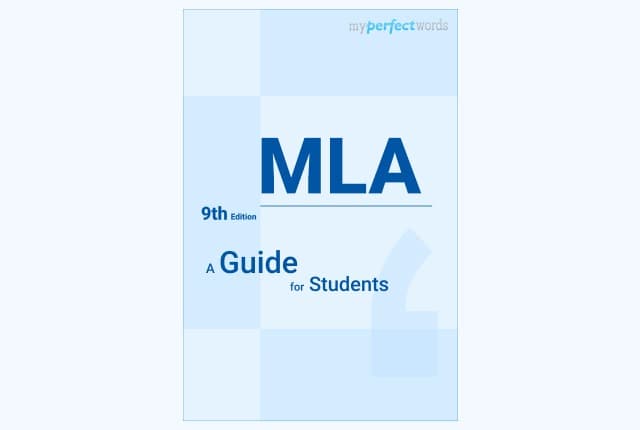
APA vs MLA | The Key Differences and Similarities
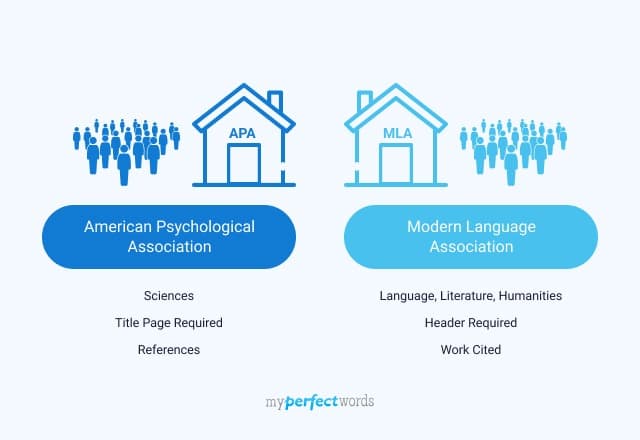
How to Cite in Chicago Style - Examples and Tips
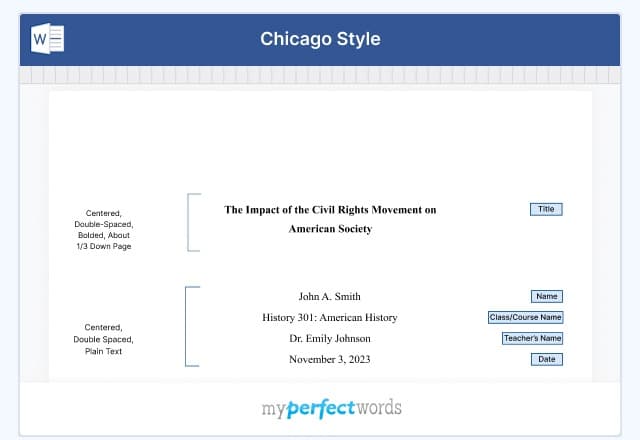
Learn IEEE Citation and Formatting With This Simple Guide

Mastering ASA Format: Guide to Proper Academic Writing
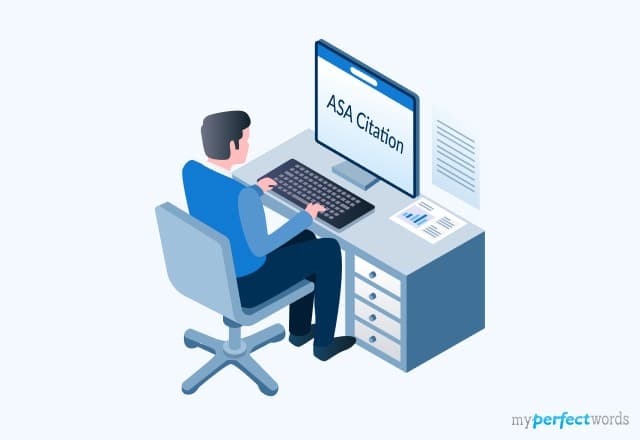
How to do Harvard Style Citation - Format, Citation and Samples
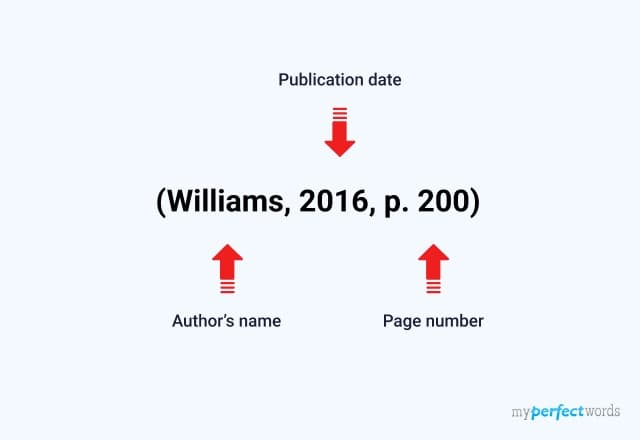
How to Cite in AMA Style - Formatting & Examples
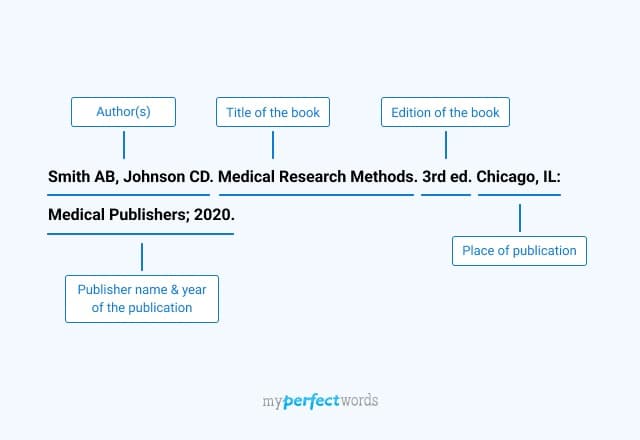
A Detailed ACS Citation Manual for Scientific Papers
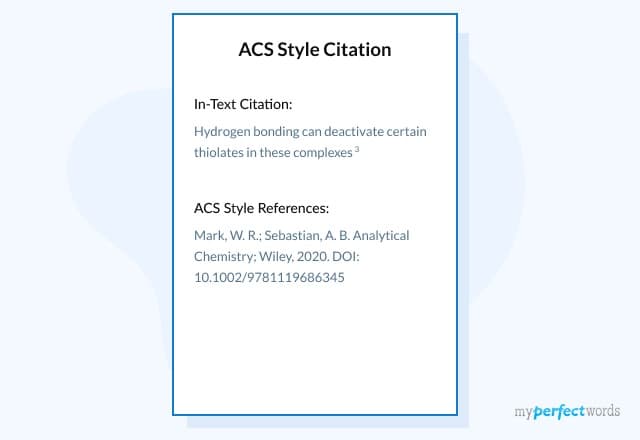
How to Master NLM Citation: A Detailed Guide With Tips
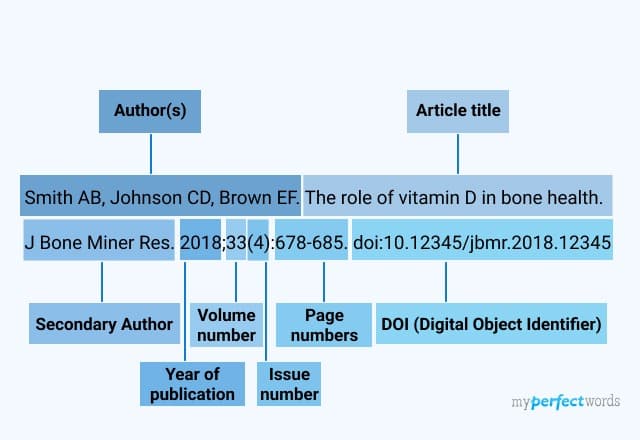
A Complete AAA Citation Guide with Examples
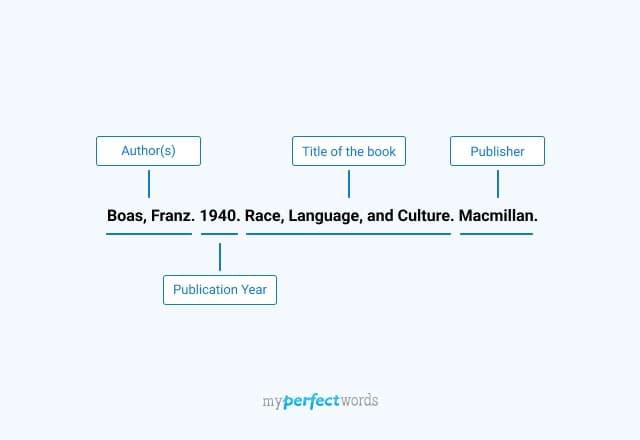
Simple APSA Citation and Formatting Guide for Students
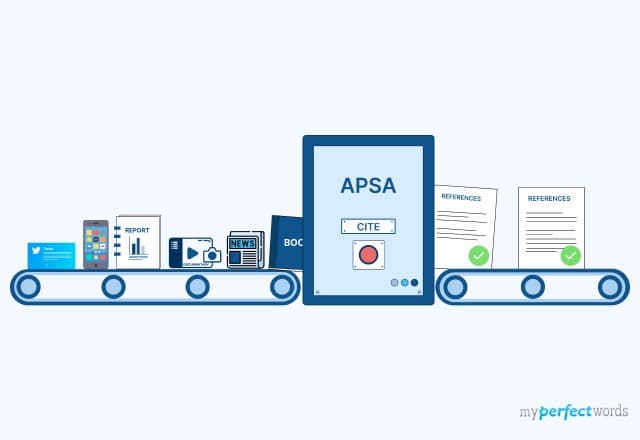
How to Cite in Oxford Referencing Style - Complete Guide
